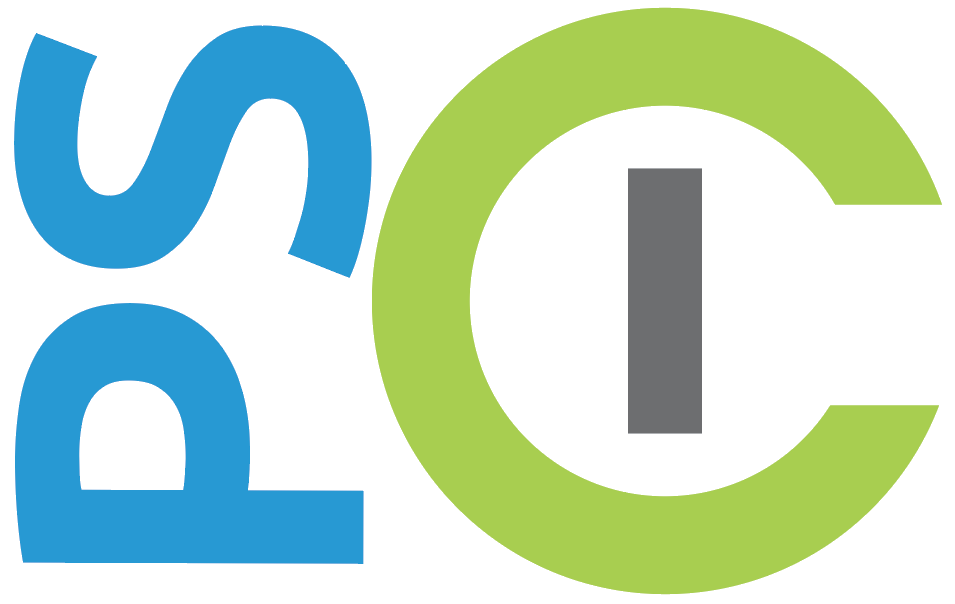All About Green Roofs
By Kendall Elfstrum
Source: Zinco
What are Green Roofs?
Also known as a living roof, a rooftop garden, or an eco-roof, a green roof is a layer of vegetation that is installed on top of a building. The vegetation is planted over a waterproofing system. While green roofs improve the aesthetics of a building, they also provide many benefits, and as a result, their popularity has increased in recent years. Depending on the type, the plants may have drainage layers or be modular.
Types
There are two main types of green roofs:
Extensive green roofs: These are simpler and tend to have a growing medium depth between two to four inches. They are lightweight, and so they require the least amount of structural support. They also require little maintenance over time.
Intensive green roofs: These are more complex (i.e., more similar to gardens or parks). They require more structural support due to weight. They are more expensive and require more maintenance.
Benefits
Reduced energy usage: Green roofs act as insulators for buildings and reduce the energy required for cooling and heating. As a result, the energy costs are also reduced.
Reduced greenhouse gas emissions and air pollution: Through decreased energy usage, the demand for air conditioning is lessened. Consequently, greenhouse gas emissions are also reduced. Vegetation also removes greenhouse gases and pollutants from the air through carbon sequestration and dry deposition.
Reduce the Urban Heat Island Effect: Buildings absorb and re-emit the sun’s heat more than natural landscapes. Urban areas become “islands” of high temperature. Green roofs have been shown to reduce this.
Reduce stormwater runoff: Green roofs hold rainwater long enough for the moisture to be evaporated from the vegetation. This helps prevent runoff from overwhelming sewers and lower energy usage and treatment costs for treating rainwater that enters the sewer systems.
Increase the roof lifespan: Green roofs protect the roof membrane from ultraviolet radiation and harsh weather.
Noise cancellation: While they won’t soundproof a building, green roofs will absorb more outside noise than typical roofs.
Drawbacks
High initial cost: This can be between two to three times the cost of traditional roofs (roughly between $15-35 per square foot). Further, if a green roof is custom-designed, it can increase the cost.
Susceptible to leaks: This is a risk that comes with green roofs. It can also be challenging to locate the leak when it occurs.
More maintenance required: To reap the benefits of a green roof, the plants need to stay healthy.
Structural limitations: Some buildings aren’t strong enough to support the increased weight. Additionally, green roofs can only be installed on flat or gently sloping roofs (the typical maximum incline is 25 degrees).
Closing
While more widespread in Europe, green roofs have been increasing in popularity recently. Major cities in North America, such as Chicago, Portland, Toronto, and Washington, D.C., have added a large number of green roofs in recent years. There are many benefits and drawbacks to examine when contemplating green roofs. Moving forward, it would be wise for cities to look more into green roofs, and possibly consider finding ways to incentivize them.

